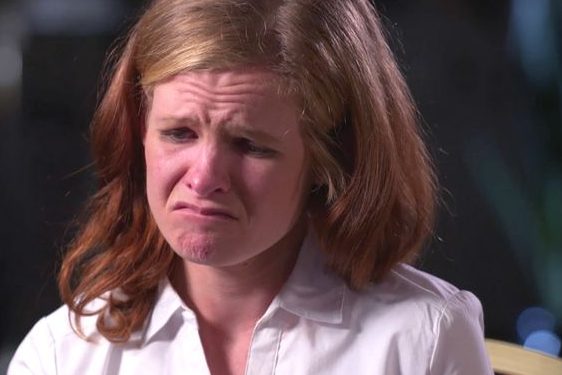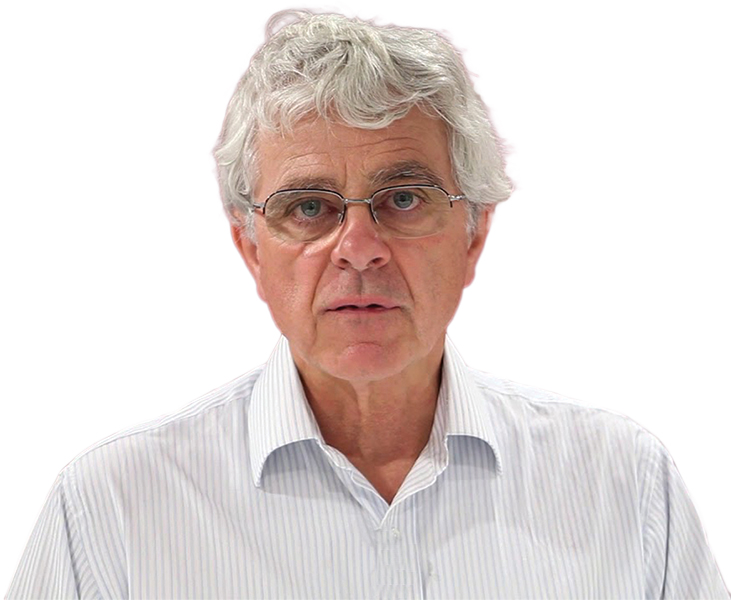
In the second of three columns, legal columnist HUGH SELBY continues his look at the fate of a teenager caught up in a murder trial and the failure of forensic science.
COMMISSIONER Walter Sofronoff KC conducted several Queensland inquiries before his current ACT assignment. The most recent was his 2022 inquiry into DNA forensic testing. His report can be found here.

Very early in his report he writes: “I have found that serious problems have existed within the laboratory for many years, some of them amounting to grave maladministration involving dishonesty.”
It would be nice to emphatically state that the Queensland laboratory was the “odd one out”. Sadly, that ain’t necessarily so.
His “DNA Forensic Testing” inquiry raised issues of the proper use of forensic science, the applied science discipline that takes and analyses samples recovered from crime scenes by crime-scene examiners.
Within forensic science there are specialties, such as the well-known fields of fingerprinting, forensic document examination, DNA analysis, toolmark comparison (of which ballistics is a sub-specialty), and the identification of trace materials.
These days, there are university degrees in forensic science and graduate research programs. There are current controversies among practitioners such as how to express the level of confidence in their results, the proper use of Bayesian statistical methods, and recognising and responding to unconscious biases that may adversely affect dispassionate, objective science.
Australian forensic scientists have a professional body which has published a Code of Professional Practice. You can find the current version (from 2014) here.
Included within that code is this provision:
2.1 Forensic practitioners must… not knowingly provide misleading… opinions or evidence, nor knowingly mispresent a situation.
Members of the body are also bound by the Australia-wide courts’ code of conduct for expert witnesses. The first principle in that code is that the expert witness’s primary, overriding obligation is to the court, not the party that has called them to give evidence.
The breaching of these provisions may bring injustice. People are wrongly convicted. Innocent people spend years in jail. Guilty people remain free. What follows is a current example, not from Queensland, but from the Apple Isle.
This article should be read alongside “The empathic judge who does no unnecessary harm”.
The simple facts
It was the police case theory, accepted by the jury, that the accused, Sue, killed her partner Bob on their yacht, lowered his body into the yacht’s dinghy and then went somewhere to dispose of the body which has never been found.
The accused denied being on the yacht, and denied any involvement in her partner’s disappearance.
No murder weapon was found.
Therefore, the case needed forensic evidence to support it.
Following long-established practice, the forensic team carefully examined the dinghy for traces that would support the case theory.
That examination included applying luminol to the dinghy surfaces.
Luminol is a preliminary test. It reacts with blood. However, because it reacts with some 100 substances, including the vegetable broccoli and bleach, any reaction to it must then be confirmed by later testing (there are several appropriate tests) as to the source of the reaction.
The luminol reacted with “something” at multiple sites on the dinghy interior. A luminol reaction is impressive: a bright fluoresce.
The forensic team then did numerous tests for blood. The test results were initialled by forensic officers. Every test was negative for blood. There was no blood found in that dinghy.
The forensic team collected all the results and provided them in a lengthy forensic report to the prosecutions office (ODPP) who provided a copy to the defence team.
So far, everything was done “according to Hoyle”. From thereon it wasn’t, not by anyone.
There is no evidence that the advocates on either side understood the forensic report. Neither of them raised any questions at the trial with anyone about the meaning and import of the multiple negative test results.
The jury was shown a photo of luminol reacting ever so brightly in the dinghy – an egregious error as it had no relevance to any fact in dispute; however, it was very prejudicial to the accused.
Surrounded by ignorance, a forensic officer from Tasmania Police, who had made notations on, or initialled, some of the “negative” test results, shared with the jury her opinion, based – she said – on her experience, that the luminol results (seen in that photo) were “signs of blood”.
If ever one needed to explain the phrase, “a nod is as good as a wink”, this is the perfect example.
Just why she chose to ignore her primary duty to the court and instead give answers she knew to be contrary to the test results is unknown. If she was asked why she did it, and if she answered, that record has been buried deep in a Hobart police vault in which horrible mistakes are secured.
She knowingly provided misleading opinions and knowingly mispresented the facts as she knew them.
Her colleagues who had initialled other negative test results, or done some of the testing, gave evidence about other forensic evidence. No one asked them questions about those tests for blood in the dinghy.
The jury was not so much misled as deliberately tricked by a person presented as an expert.
Keep it buried
For more than a decade it has been the unshakeable position of Tasmanian authorities and decision makers in Tasmanian mainstream media that none of this matters.
In 2021 the state attorney-general declined to intervene in an appeal at which this issue ought to have been raised but wasn’t.
Relevant analyses of a series of investigative shortcomings have been tabled in the Tasmanian Upper House. See them here.
Though that “tabling” provides “protection” to those who could light up the extent of this travesty the only sign of unity is a determination to bury it.
This is an environment with which Walter Sofronoff KC is familiar. He, and Queensland, were blessed with journalists who are rather more proactive than their Tassie colleagues.
He wrote: “The professional skill and determination of Mr (Hedley) Thomas (a senior journalist with ‘The Australian’) ensured that there was not the slightest chance that the issues would subside. The scientists’ voices had been suppressed for years and, but for Mr Thomas’s tenacious agitation of senior political figures, it is possible that even (police) Inspector Neville’s efforts might not have been enough.”(paragraph 11).
Readers of the previous article will recall that I acknowledged Ms Meaghan Vass’s courage.
It’s not just that she tried to share the truth. It is important that everyone understands that various people, supposedly committed to justice, gave incorrect evidence, made fallacious submissions, failed to disclose relevant material (which will be discussed in the next article), or have condoned that being done for more than a decade.
That condonation has not been passive silence. They have taken active steps to suppress the truth.
Teenager Ms Vass lied, but adult Ms Vass tried to make amends. She was failed by those supposedly committed to justice. It’s time that others came forward and demanded that Walter Sofronoff KC and his team be brought to Tasmania for an inquiry into Tasmania’s criminal injustice system.
Ms Vass’s evidence of being on the yacht (including her DNA sample on the deck), is so much stronger than the evidence that Sue was on it. There is no evidence of blood in the yacht’s dinghy, no evidence that Sue with Bob’s body was in that dinghy either.
And, yes, there is – alas – more to come.
Hugh Selby’s free podcasts on “Witness Essentials” and “Advocacy in court: preparation and performance” can be heard on the best known podcast sites.
Who can be trusted?
In a world of spin and confusion, there’s never been a more important time to support independent journalism in Canberra.
If you trust our work online and want to enforce the power of independent voices, I invite you to make a small contribution.
Every dollar of support is invested back into our journalism to help keep citynews.com.au strong and free.
Thank you,
Ian Meikle, editor









Leave a Reply